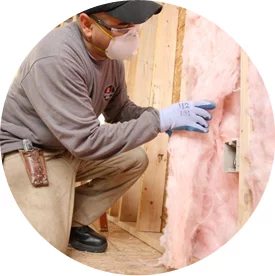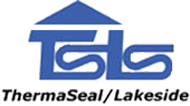How energy-efficient is your home? If it’s not properly insulated, it’s not as efficient as it could be. Do you have old insulation in your home? Many homeowners wonder if they should remove old insulation or if they can install new insulation over it.
So, can you install new insulation over old insulation or should you remove the old insulation? According to ENERGY STAR®, you can put new insulation over old insulation unless it’s wet. Damp or wet insulation can lead to mold, mildew and even ceiling or roof rafter deterioration.
Also keep in mind:
- “Faced” insulation should not be placed on top of existing insulation in the attic. Batt or roll insulation installed over existing insulation in the attic shouldn’t have a vapor retarder (face). The vapor retarder on top of or between layers of insulation can trap moisture. Any existing batt or roll insulation in the attic should have the facing against the attic drywall floor or no facing at all.
- Batt or rolled insulation or blown loose-fill insulation (fiberglass or cellulose) can be installed on top of old insulation.
- Insulation should be rolled out perpendicular to the joists — and unfaced rolls should be used.
- Rolled insulation should not be tacked down (if the insulation is flattened, the R-value can decrease).
- Any vermiculite insulation found in your attic should be tested. If the test reveals that asbestos is present, the vermiculite should be removed by a certified professional before installing more insulation.
Although you won’t have to worry about adding insulation yourself (professionals can handle it), this information can still be helpful to know. And remember: An insulation company will be happy to answer any questions and determine whether you should remove old insulation or install new insulation over it.
Another thing to keep in mind is that air leaks can hinder your home’s energy efficiency efforts and counter the effect of insulation. That’s why it’s highly recommended to seal before insulating.
Insulation Installation in Chicagoland
If you live in the Chicago, Illinois, area, ThermaSeal/Lakeside Insulation is a good name to know. We have experience installing all types of insulation in all types of homes and attics.
Contact us today to learn more about our services or if you’re ready to start your insulation installation.




